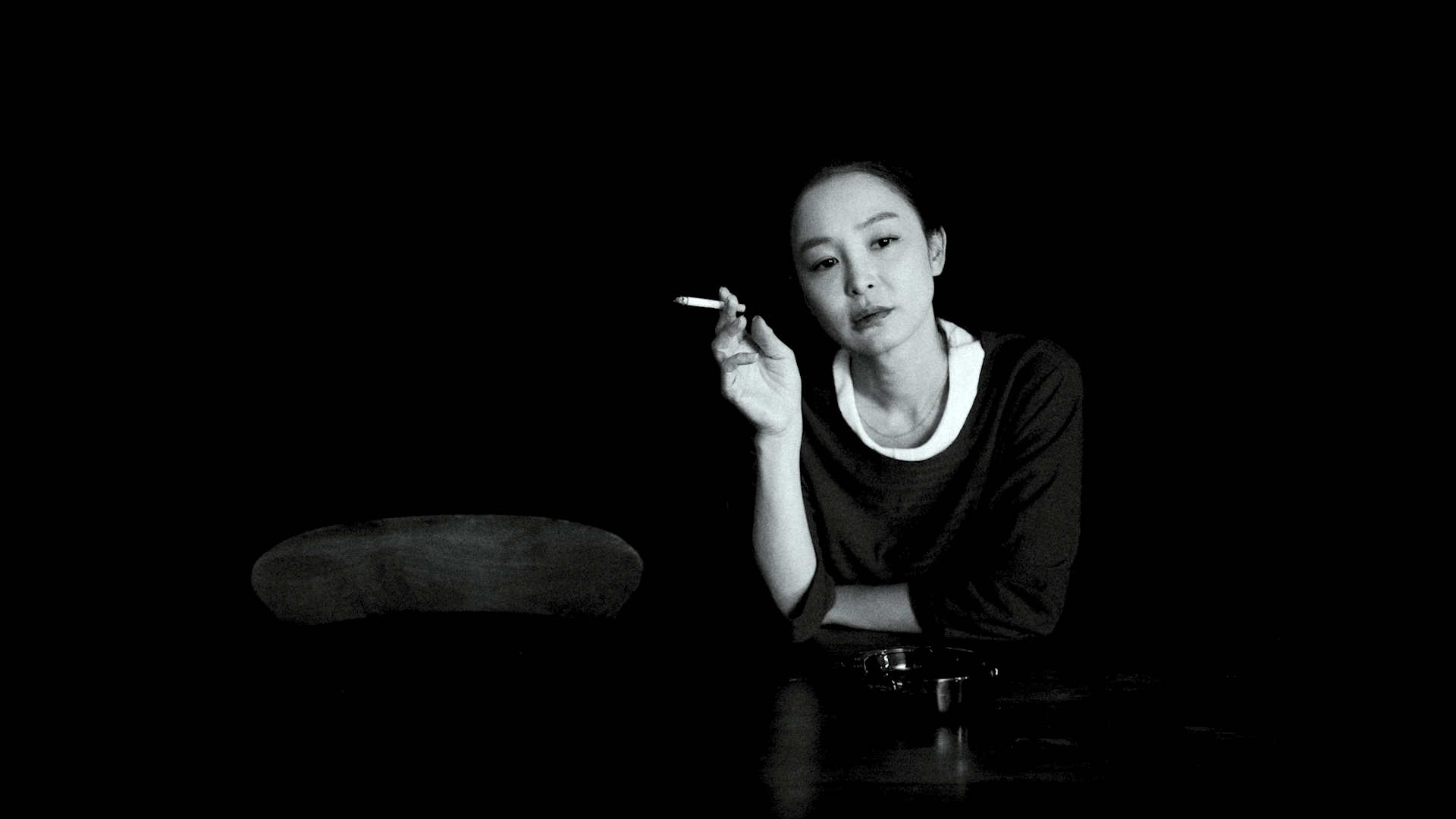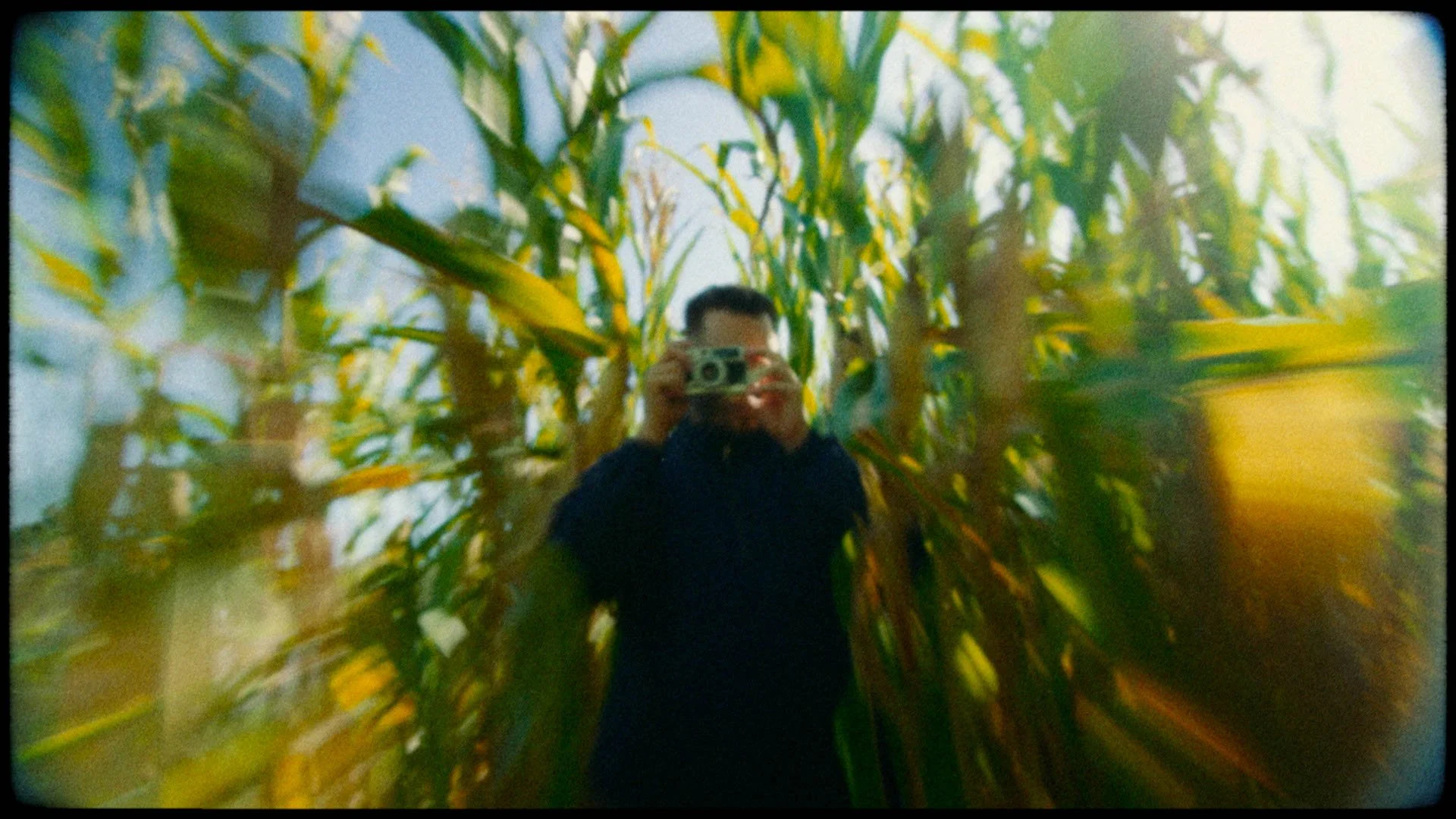Hiruaerak
Directed by BARO LEE
Australia, 2019
Documentary
The hardship of transitioning from womanhood to motherhood in a new country.
Read our interview with Baro below to learn more about the film.
BARO LEE
Member of Lone Fish Productions
Learn More
Est. Reading Time: 3 Minutes
On The Opening
MARK (M) I was really interested in how the woman’s face is largely obscured throughout the majority of the opening until the narration shifts into a more hopeful tone - as the visuals transition from the words ‘they gave me the purpose to live again’, we see the woman’s face for the first time, just hovering above water which I thought was a beautiful choice and image.
After preparing the narration, did you have this specific visual transition in mind during pre-production/production, or did you discover it later when piecing together the images in post-production? Please also tell us about how much time you spent planning and designing the film’s storyboards?
BARO (B) Yes I had that specific visual transition in mind during pre-production. The child in her belly was to give my mother a new direction in life so when she emerges from the water, it’s almost like a rebirth and reminiscent of a christening. It’s a rebirth of identity and a renewed purpose in life given to her by the child.
Overall, I spent six months designing and planning images for storyboards. But story-wise, Hiruaerak was two years in the making.
On Production Design
M Please tell us about your ideas and thoughts behind constructing and shooting on sets as opposed to actual locations. I really like this choice because it ties in nicely with the belief that memories are reconstructions and recreations to a certain extent.
B In the second act, we created the set because it opened up the space for us to have the camera in an 180-degree, locked-off wide shot. The camera itself is very observational as it's looking at the character from the outside. I didn't want any close-ups, I didn't want to bring a camera into the home.
Shooting on set not only gave us this creative flexibility, so yes you’re also correct - creating the set itself was a deliberate attempt at reconstructing my mother’s memories.
On Process & Discovery
M In making and finishing the film, what did you discover and learn that you might adopt or further explore in future projects?
B From Hiruaerak I learnt the importance of telling personal stories, not just for myself but for others who resonated with the film’s themes of life, death and motherhood. The film gave me the confidence to continue writing stories from my own life and I’m hoping to connect with future audiences through my upcoming film, Bi-Mok.
In terms of exploring visual composition, pacing and narration, I also learnt that it is okay to let the film breathe. You don't need 20 cuts in a span of two minutes. You can let the film play itself out. It is equally important for the film to give space for others to interpret what's happening on screen.
The founder of Hommage, Mark Shaba published this interview on 15.02.2022. Mark is a filmmaker from Victoria, Australia. He respectfully acknowledges the past and present traditional owners of the land on which he creates, promotes and screens art, the Wurundjeri people of the Kulin nation who are the custodians.

















